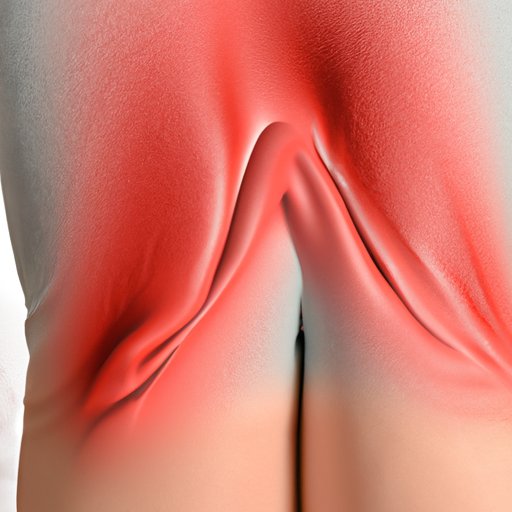Relieving Sciatica Pain: Tips and Techniques
Sciatica pain can be a frustrating and debilitating condition that affects millions of adults around the world. It is caused by the compression or irritation of the sciatic nerve, a large nerve that travels from the lower back down to the legs. Symptoms of sciatica pain can include sharp or shooting pain, numbness or tingling, and muscle weakness in the affected area. If you are dealing with sciatica pain, it’s important to seek professional advice and treatment. Fortunately, there are a variety of techniques and tips that may help alleviate sciatica pain.
Stretching
Stretching can be an effective way to ease sciatica pain. Stretching exercises help to improve flexibility, increase blood flow, and decrease muscle tension. Gentle exercises such as forward folds, seated spinal twists, and pigeon pose can help to target the lower back, hips, and legs, which are areas commonly affected by sciatica pain. Consistent stretching can help to prevent muscles from tightening and exacerbating symptoms. It’s recommended to stretch for at least 10-15 minutes per day, but be sure to consult with a physical therapist or medical professional to ensure proper form and safety measures.
Hot and Cold Therapy
Hot and cold therapy can help to reduce inflammation, improve circulation, and relieve pain associated with sciatica. Applying heat to the affected area can help to increase blood flow and promote relaxation, while cold therapy can help to reduce swelling and numb surrounding tissues. Alternating between hot and cold packs or using contrast therapy can be an effective method. Be sure to take precautions when using hot and cold therapy, such as placing a towel or cloth between your skin and the pack to avoid burns or discomfort.
Massage
Massage therapy can help to release tension and alleviate pressure on the sciatic nerve. Massage can also help to increase blood flow, promote muscle relaxation, and reduce overall stress levels. Different types of massage may be effective for addressing sciatica pain, such as Swedish massage, deep tissue massage, and trigger point therapy. According to research, massage may help to reduce pain intensity and improve functional mobility in individuals with sciatica pain.
Acupuncture
Acupuncture is an alternative therapy that involves the insertion of thin needles into specific points on the body. It is believed to stimulate the central nervous system and promote natural healing. Acupuncture may be effective for reducing pain and promoting relaxation in individuals with sciatica. Research has shown that acupuncture may be just as effective as conventional treatments such as pain medication and physical therapy. It’s important to consult with a licensed acupuncturist and discuss potential risks and benefits before trying acupuncture therapy.
Pain Relief Medication
Over-the-counter pain medications such as ibuprofen, aspirin, and acetaminophen may help to alleviate mild to moderate sciatica pain. Prescription grade pain medications such as muscle relaxants and anti-inflammatory drugs may also be used to treat severe or chronic sciatica pain. It’s important to take medication as directed and discuss potential side effects or interactions with a doctor or pharmacist.
Surgery
Surgery is usually considered a last resort for treating sciatica pain. However, in severe cases where symptoms are not responding to other treatments, surgery may be necessary to alleviate pressure on the sciatic nerve. Different surgical options include microdiscectomy, laminectomy, and spinal fusion. It’s important to discuss potential risks and benefits with a qualified surgeon or medical professional.
Conclusion
Living with sciatica pain can be challenging, but incorporating some of the tips and techniques discussed can help to alleviate symptoms and improve overall quality of life. Stretching, hot and cold therapy, massage therapy, acupuncture, pain relief medication, and surgery are all possible treatment options depending on the severity and duration of the condition. It’s important to seek professional advice and treatment, as well as incorporating daily self-care practices to manage sciatica pain effectively.
